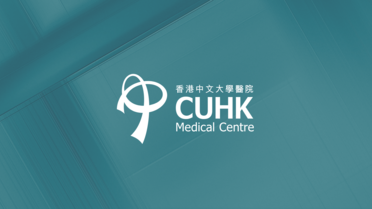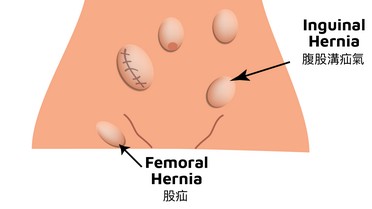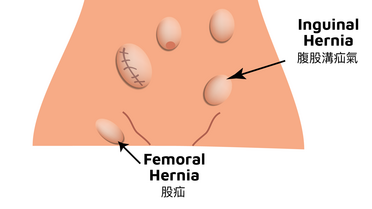Hernia
Hernias in Children
HerniaHernias

Umbilical/ Para-umbilical Hernia
Umbilical hernia is very common among infants. It appears as a painless bulge at the belly button, distorting the usual shape of the depression. Para-umbilical hernia is less common. The painless bulge is usually less obvious and it is located just next to the belly button without distorting the depression. Simple physical examination by paediatric surgeons can easily tell the difference.
Differentiating one from the other is important because the management are quite different. Most umbilical hernia can resolve spontaneously by 2 years old and risk of complications is very low before that age. Thus operation may not be necessary before the child turns two. Para-umbilical hernias are unlikely to resolve by itself hence operation can be offered earlier.
Inguinal Hernia
Inguinal hernia in children occurs due to the presence of a persistent tunnel in the groin area, which is supposed to be closed before birth. Hence, any actions which lead to a raise in the intra-abdominal pressure (e.g. coughing, crying, vigorous exercise and straining for kids who have constipation) may result in inguinal hernia.

Laparoscopic inguinal hernia repair in children
In contrast to umbilical hernia, inguinal hernia seldomly resolves spontaneously and may potentially lead to complications including abdominal organs being stuck in the hernia. Therefore, early surgical treatment is suggested.
The operation involves closing the persistent tunnel under general anaesthesia. It can be performed either by the open or laparoscopic methods. The operating surgeon would assess the condition of each individual and discuss with the parents for the method which is more suitable for their child.















